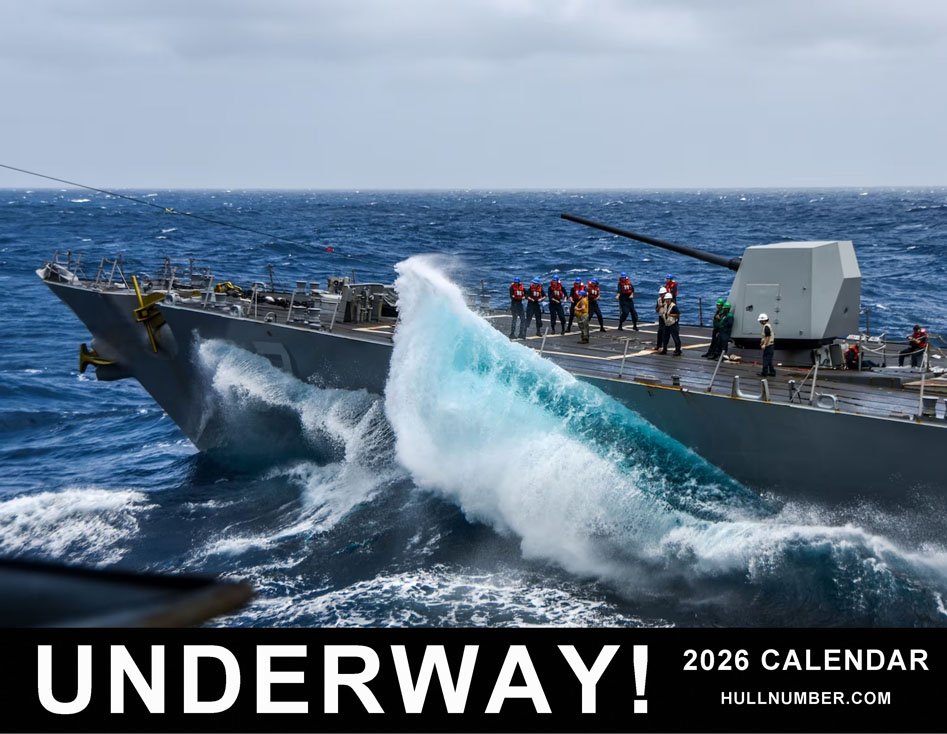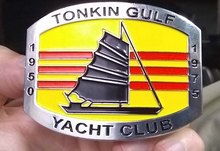 |
|||||||||||||||||||||||||||||||||||||||||||||||||||||||||||||||||||||||||||||||||||||||||||||||||||||||||||||
| TO RECEIVE A NOTIFICATION EMAIL AS SOON AS THE | |||||||||||||||||||||||||||||||||||||||||||||||||||||||||||||||||||||||||||||||||||||||||||||||||||||||||||||
| UNDERWAY! 2026 WALL CALENDAR IS SHIPPABLE - CLICK HERE |
|||||||||||||||||||||||||||||||||||||||||||||||||||||||||||||||||||||||||||||||||||||||||||||||||||||||||||||
 |
|||||||||||||||||||||||||||||||||||||||||||||||||||||||||||||||||||||||||||||||||||||||||||||||||||||||||||||
 |
|||||||||||||||||||||||||||||||||||||||||||||||||||||||||||||||||||||||||||||||||||||||||||||||||||||||||||||
| For RATING SHIRTS - Click on your Rating Abbreviation below: | |||||||||||||||||||||||||||||||||||||||||||||||||||||||||||||||||||||||||||||||||||||||||||||||||||||||||||||
|
|||||||||||||||||||||||||||||||||||||||||||||||||||||||||||||||||||||||||||||||||||||||||||||||||||||||||||||
| Click on your Rating abbreviation above: | |||||||||||||||||||||||||||||||||||||||||||||||||||||||||||||||||||||||||||||||||||||||||||||||||||||||||||||


U.S.S. OPPORTUNE
(ARS-41)Click to view crew list
USS OPPORTUNE (ARS-41) - a Bolster-class rescue and salvage ship
In Commission 1945 to 1993ARS-41 Deployments - Major Events
| Add a ARS-41 Shellback Initiation | Add a ARS-41 Deployment - Major Event | ||||
| Month | Year | to | Month | Year | Deployment / Event |
|---|---|---|---|---|---|
| SEP | 1944 | - | Keel Date: 13 SEP 1944 | ||
| MAR | 1945 | - | Launch Date: 31 MAR 1945 | ||
| OCT | 1945 | - | Commissioned: 5 OCT 1945 | ||
| JAN | 1950 | - | JAN | 1952 | salvage job |
| MAY | 1951 | - | Shellback Initiation - 10 MAY 1951 - Pacific Ocean | ||
| JUL | 1951 | - | AUG | 1951 | xsalvage diver school |
| MAR | 1952 | - | SEP | 1952 | Caribbean |
| AUG | 1952 | - | SEP | 1952 | dive uss erie |
| OCT | 1962 | - | OCT | 1962 | Cuban Missle Blockade |
| SEP | 1965 | - | APR | 1966 | Circumnavigation |
| JUL | 1967 | - | SEP | 1967 | Caribbean |
| FEB | 1973 | - | JUN | 1973 | Mediterranean |
| FEB | 1975 | - | AUG | 1975 | Suez Canal Clearance |
| JAN | 1977 | - | Shellback Initiation - 10 JAN 1977 - Pacific Ocean | ||
| JUN | 1977 | - | FEB | 1978 | Mediterranean |
| MAY | 1978 | - | AUG | 1978 | Guantanamo Bay |
| JUN | 1979 | - | JUL | 1979 | Panama Canal |
| SEP | 1979 | - | FEB | 1980 | Mediterranean |
| MAY | 1983 | - | AUG | 1983 | Mediterranean-Lebanon |
| JAN | 1986 | - | MAY | 1986 | Space Shuttle Challenger/Delta Rocket Recovery |
| JAN | 1986 | - | MAY | 1986 | space shuttle challenger/delta rocket recovery |
| NOV | 1986 | - | MAY | 1987 | Mediterranean |
| NOV | 1990 | - | APR | 1991 | Desert Storm |
| APR | 1993 | - | Decommissioned: 30 APR 1993 | ||
ARS-41 General Specifications
Complement: 120 Officers and Enlisted
Displacement: 1497 tons
Length: 213 feet 6 inches
Beam: 39 feet
Draft: 14 feet 8 in
Flank Speed: 15 knots
USS OPPORTUNE (ARS-41)
Opportune (ARS-41) was laid down 13 September 1944 by Basalt Rock Co. Napa Calif.; launched 31 March 1945; sponsored by Mrs. Kenneth Sanger and commissioned at Mare Island Calif. 5 October 1945 Lt. Comdr. Charles L. Knopp in command.
After training on the California coast Opportune sailed from San Pedro 11 December 1945 for San Juan Puerto Rico her base for the next eight years. Operating primarily as a salvage schoolship for the Atlantic Fleet Opportune also towed disabled craft among Caribbean ports and on occasion to Norfolk and New York. Frequently she acted as air-sea rescue tug during fleet operations off Culebra Island.
She made her homeport at Norfolk from 23 October 1953. Each year she sailed north to take part in resupply operations for northern stations of the Army Air Force Navy and Weather Service often serving for extended periods as station ship at the Naval Air Station Argentia Newfoundland. On each such deployment she performed the variety of services which makes the fleet repair and salvage ship a Navy workhorse: towing barges and disabled craft repairing other ships dock and port facilities; salvaging and lifting sunken ships and equipment; laying cable; fighting fires; tending buoys providing deep sea divers installing moorings searching for and recovering downed aircraft and aiding men and ships in distress at sea. She carried out the same duties from Norfolk and in the Caribbean when not operating in the north.
Opportune performed missions of international goodwill and mercy on her first European cruise (April-June 1960). She escorted two Iranian ships to the entrance of the Mediterranean then sailed directly to Agadir Morocco where she delivered 50 tons of clothing donated by the Navy for victims of the recent earthquake. Princess Lasla Aisha sister of the King of Morocco came on board to thank Opportune for her aid.
A second European cruise (May-June 1961) represented a major contribution to the strengthening of the Navy's power to keep peace. Opportune's captain Lt. Comdr. Thomas F. Byrnes Jr. took command of a task group which included four Navy and two civilian tugs. The assignment: tow to the Polaris Submarine Base at Holy Loch Scotland four large sections of AFDB-7 an enormous floating drydock. The 4 400-mile passage began at Mayport Fla. and took 32 days at sea at an average speed of 5.9 knots. This difficult mission accomplished Opportune visited Belfast Ireland before returning to Norfolk 23 June.
For the next three years the salvage ship operated on the east coast and in the Caribbean devoting most of her effort to cable laying operations. Highlights of this period were assistance to Norwegian ship Tarrantel which had been damaged in a collision off the entrance to Chesapeake Bay in the spring of 1962 service off Cape Canaveral Fla. at the launch of Major Gordon Cooper's "Faith 7" Project Mercury space capsule a year later and searching for inactive destroyer escort Fogg (DE-57) which had broken free during hurricane "Jenny" while being towed to Charleston and escorting the maverick to safety at Norfolk late in October 1963.
Opportune shed her cable laying gear at Norfolk the summer of 1964 and spent the remainder of the year supporting fleet training operations. After overhaul during the summer of 1965 Opportune visited Scotland in the fall to take in tow a leased Royal Navy lift craft ALC-24 for delivery to Subic Bay Philippine Islands. She departed Rosyth 24 November and touched Gibraltar and Crete before transiting the Suez Canal. The long voyage ended when Opportune delivered her tow to Subic Bay 2 February 1966. Underway again four days later she made Yokosuka Japan Pearl Harbor San Diego Calif.; and Acapulco Mexico en route to the Panama Canal. The ship reached Little Creek Va. 8 April 1966. She took pride in having completed the longest tow on record by a U. S. Navy salvage ship and in being the first Navy salvage ship to circumnavigate the globe.
For the remainder of the year Opportune operated along the east coast visiting the Canal Zone in June and in August she returned to Cape Canaveral for the unmanned Apollo launch. Into 1970 Opportune continues to serve the Atlantic Fleet.
[Note: The above USS OPPORTUNE (ARS-41) history may or may not contain text provided by crew members of the USS OPPORTUNE (ARS-41) or by other non-crew members and text from the Dictionary of American Naval Fighting Ships]
